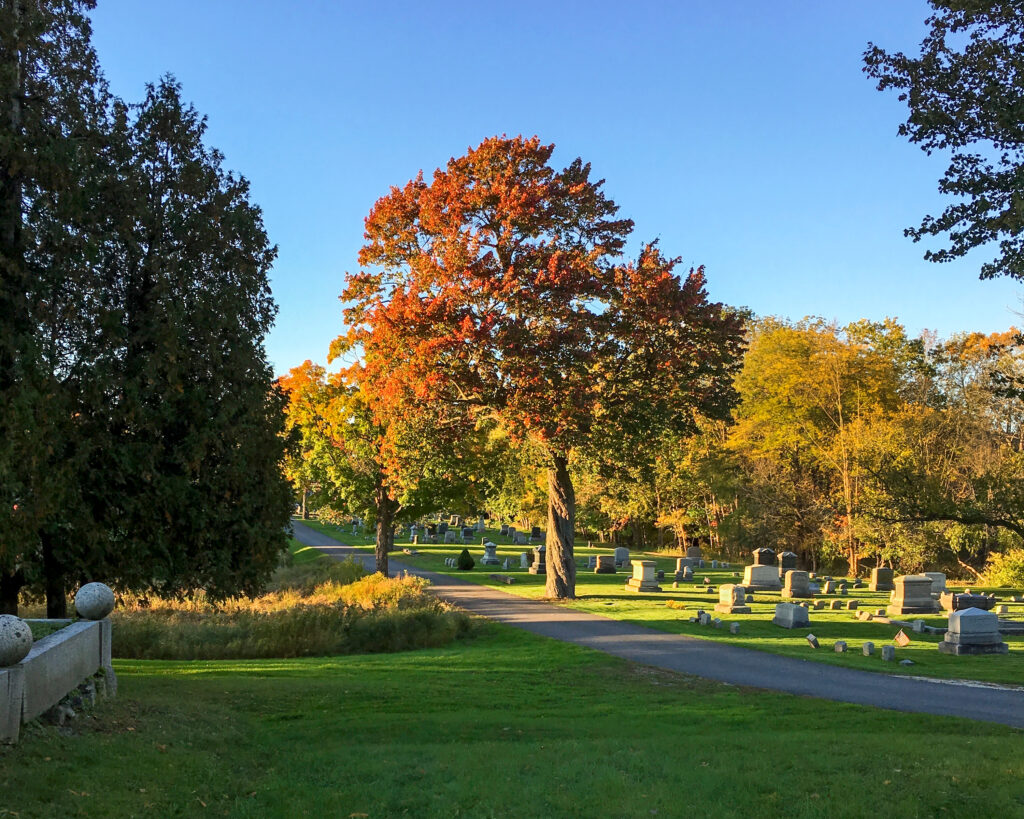Learning Center
Information
Information About Our Industry
What is Granite?
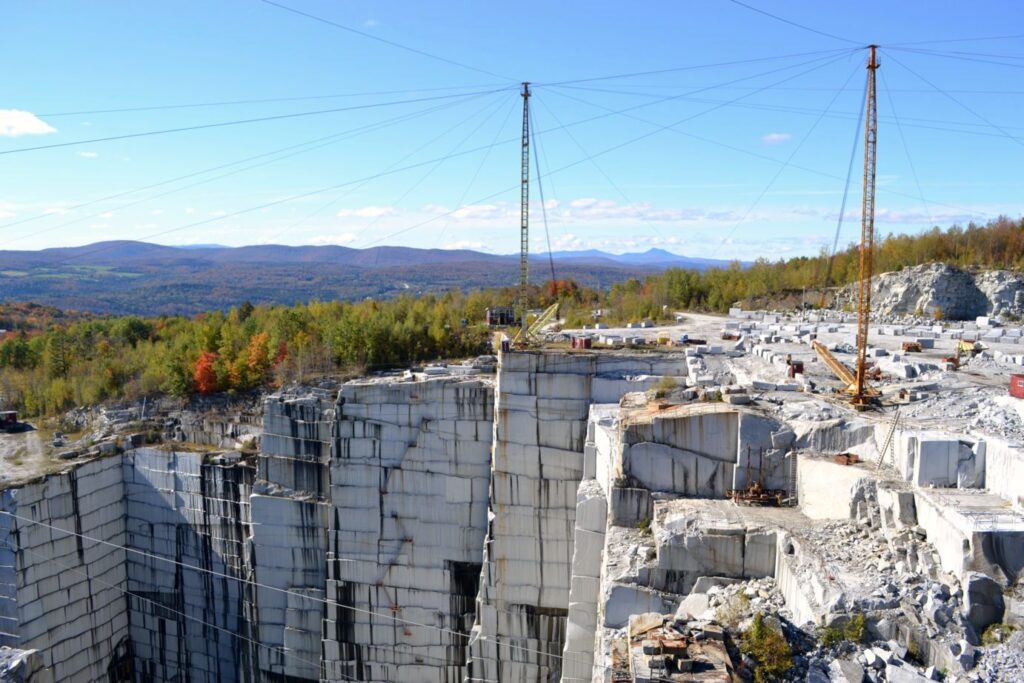
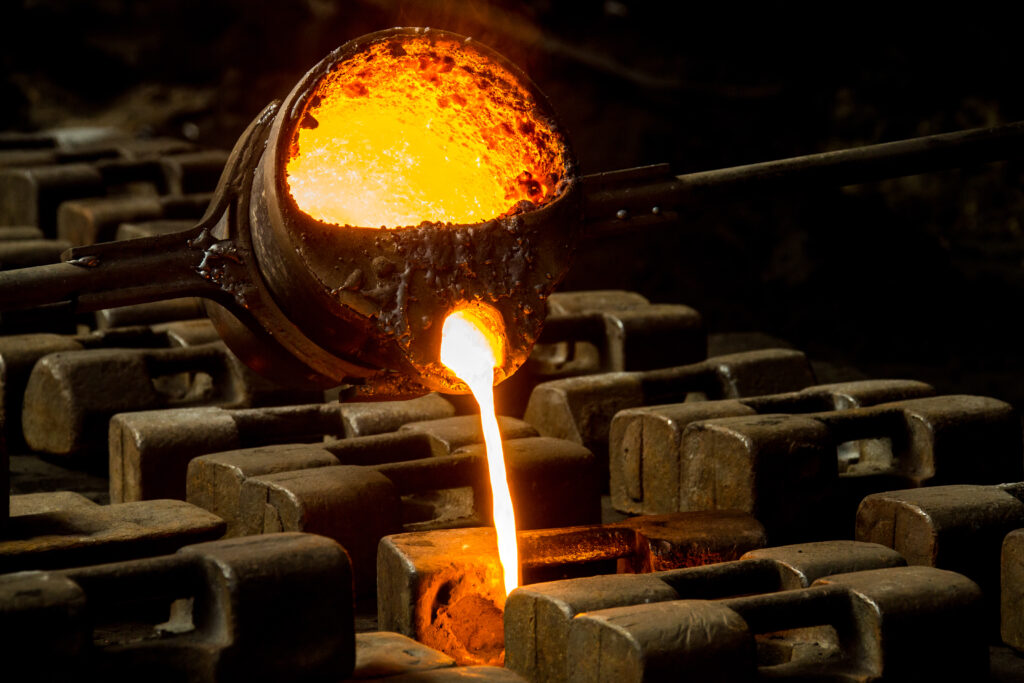
What is Bronze?
Human beings have been working with bronze for over 3,000 years in various parts of the world. Bronze is a metal alloy produced by blending copper and tin in various amounts. Additional elements such as manganese, lead, and phosphorous are added when specific properties of bronze are desired. For example, phosphorous is added to harden the bronze material while lead is included to make the bronze easier to cast.
One of the more unique properties of bronze is the natural patina that may form. Patina may turn the bronze a dark or dull color. Patina is actively encouraged with most bronze because it provides a protective layer, preventing oxidation below the surface of the bronze. While most bronze products are often coated with a thin layer of lacquer to protect the metal, exposure to the elements over time will often lead to corrosion. If a bronze piece starts to corrode, it can be professionally treated to restore the original appearance.
History of Memorialization
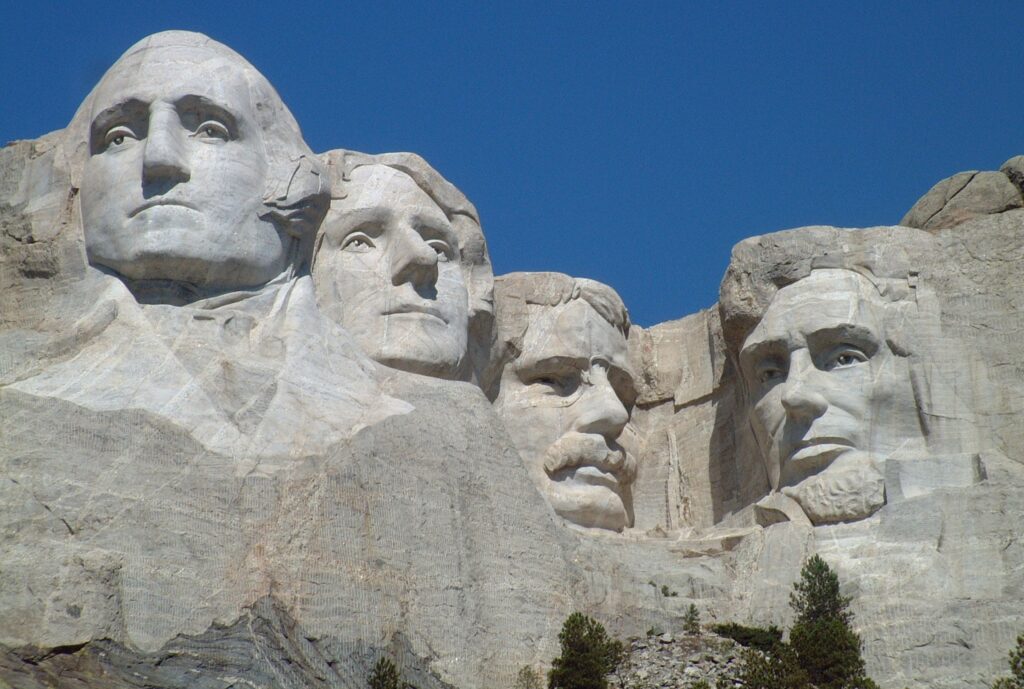
The term mausoleum was eventually given to all above ground tombs. This is most likely due to a similar structure that was constructed for Mausolos, the ruler of Caria, who died in 353 BC in ancient Asia Minor. In more modern times, the Taj Mahal in India is a mausoleum built in 1648 for the wife of the Emperor.
Famous monuments are plentiful around the world and examples in the United States include the Washington Memorial and Mount Rushmore. In addition, there are countless memorials to fallen soldiers, public servants, historical figures and places.
Humanity has a need to remember and the most common way to remember is to build a monument. The monument has become a universal vehicle for commemorative expression. Monuments focus on the accomplishments and contributions of specific individuals through religious, architectural, artistic and literary standards of the time.
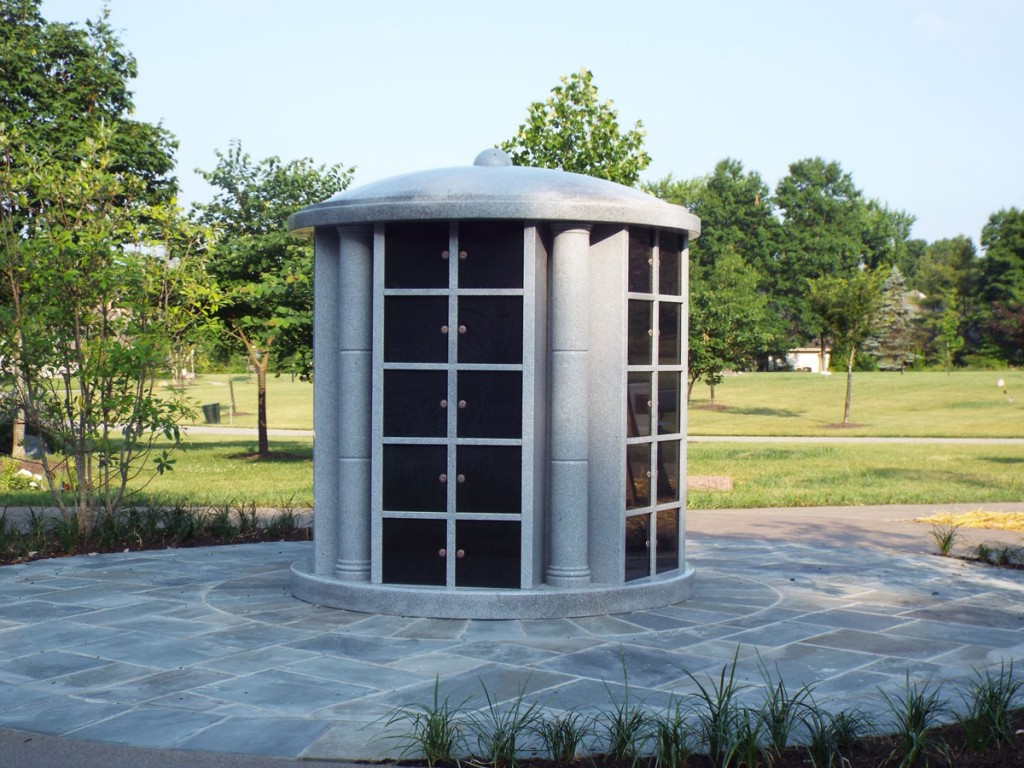
Cremation Memorialization
When cremation is chosen as the final method of disposition, many individuals believe that memorialization is not necessary. Most would say that since there’s no grave, there’s no need for a grave marker. Originally, grave markers were just that; a means to mark the grave. For many regions, a grave marker was simply a historical record.
As record keeping began to change over time so did the desire for how a grave marker should look. Simple historical records were gradually transformed into a monument, which in Latin translates to “to remind”. People wanted a place to go to remember a loved one or close friend. Human beings today are no different. People still want a place to go to remember a loved one or close friend. This is possible regardless of whether traditional burial or cremation has been chosen as the final method of disposition.
Traditional cremation memorials can be as simple as a plaque on the face of a cemetery niche, a flat granite or bronze marker installed on the cemetery grounds or even placing the cremated remains inside the configuration of a cemetery memorial. Non-traditional cremation memorials are functional structures not necessarily set in the cemetery. These may be a granite pillar or lantern erected at home in the family garden, a granite bench installed at a favorite golf course, or even in the form of a rustic boulder installed on a hiking trail in the park or by a river or lake.
Unique cremation memorials, whether traditional or non-traditional, can perpetuate cherished memories and fulfill all of our desires to remember the individual loss of life.
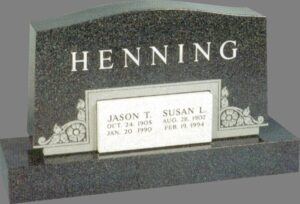
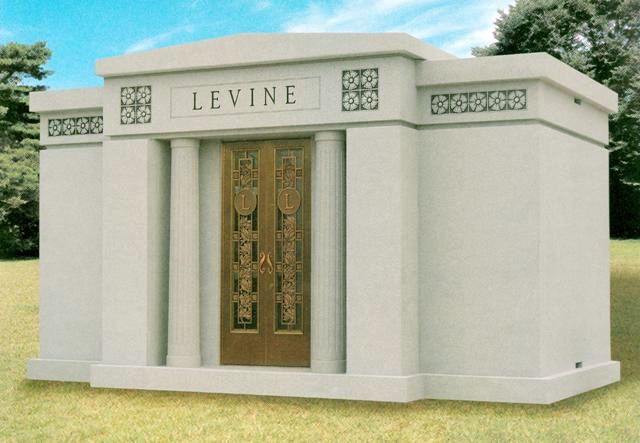
Pricing
Selecting from Our Showroom
When we were designing our new facility back in 2005, it was of utmost importance to make sure that our showroom would be as comfortable and accommodating for our customers as possible. Not only did we create the area’s largest indoor showroom, we created an atmosphere unlike any other memorial retailer.
The indoor showroom at Rudez is completely handicap accessible, spacious, and provides a diverse selection of monuments that are certain to fit all needs and budgets.
Customers who visit our facility have the ability to personally view monuments in various colors, styles, shapes, finishes and designs. Most importantly, each of the memorials in our showroom have the price for that particular memorial prominently displayed as well as pricing options for that memorial in different granite colors. Our customers appreciate the transparency of our business and feel comfortable in knowing that there are no hidden costs. In addition, our low pressure and professional approach to the memorial selection process reaffirms our commitment to a positive and educational experience.
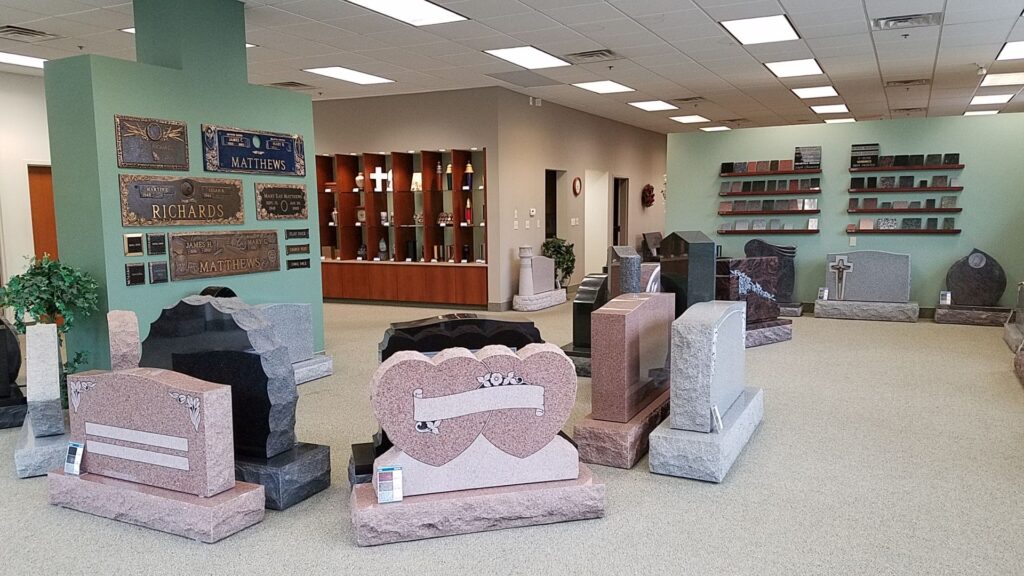
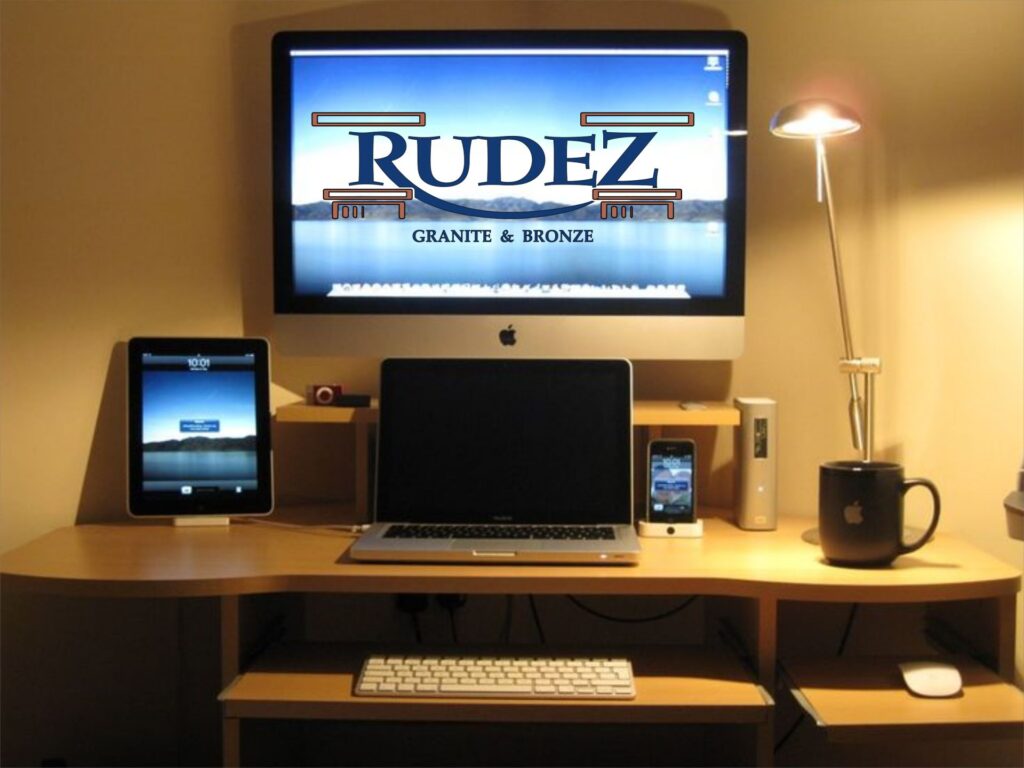
Selecting from Home
Modern technology and our comprehensive website have allowed more and more customers the ability to select a memorial from the comforts of their own home. As you may have already noticed, this website contains a wealth of information that allows family members and friends from other areas of the country to educate themselves about memorials, the various options and the overall selection process. In conjunction with regular telephone consultations and emails, it is not uncommon for our staff to never personally meet with the client. Although this is not our preferred method of memorial design, it is a convenient option for family members that may live out of the immediate area or other areas of the country.
To select a memorial from home, simply visit our website Design Center. Here, you will find all of the options to consider when purchasing a granite memorial. In addition, many of the options covered in this section can be seen on actual monuments in our Online Gallery. Once you have examined and feel comfortable with the decisions that need to be made to create your own personalized memorial, simply fill out the Request an Estimate form and submit to our office via the website. One of our memorial counselors will then contact you within twenty-four hours to review your submission and discuss your preferences in great detail.
Cemetery Regulations
